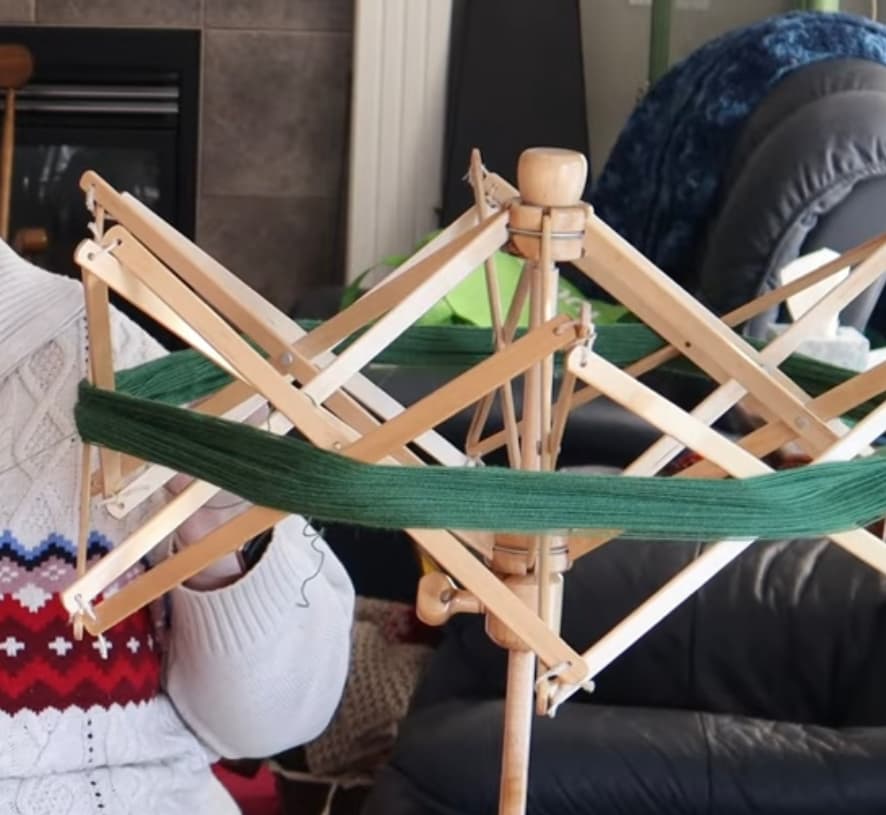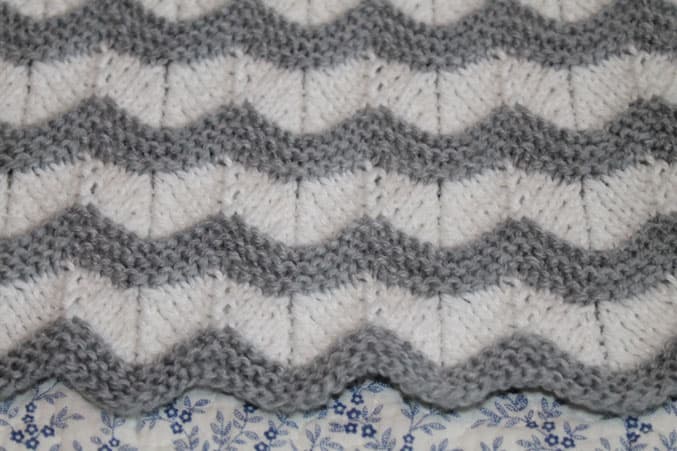In the tranquil world of knitting, there lies a particular joy in sharing the art of Pi Shawl creation. Today, a knitter with a wealth of experience casts light on the fundamental recipe that brings Full Pi Shawls to life. This journey into knitting is not just about following a set pattern; it’s an invitation to understand the structural elegance of Half- and Partial-Pi Shawls as well. To encourage knitters to dive into their yarn reserves, the generous release of the Stash-Berry Pi Shawl pattern has been made available in the pattern shop, complimentary to all. This pattern serves as a practical example of how one can ingeniously utilize their yarn collection in harmony with this design philosophy.
Igniting the spirit of collective creativity, a Knit-a-Long/Design-a-Long for Pi Shawls is actively taking place within the vibrant Yumi Yarns KaL Community. The group is a beacon, warmly welcoming new members to contribute and observe the blossoming of their handcrafted shawls.
For those drawn to the origins and historical narrative of Pi Shawls, a perusal of the ‘Intro to Pi Shawls’ blog post is recommended. The series offers a wealth of knowledge, spanning the genesis of these shawls to their cultural significance. In anticipation, more granular details on incorporating lacework and intricate stitch patterns will be unveiled in the next week’s post, promising to enrich the knitter’s design arsenal.
The Pi Shawl: A Symphony of Stitches and Mathematics
The Pi Shawl is a harmonious blend of knitting and mathematics, a circular shawl that grows from a central point, mirroring the expansiveness of the mathematical constant Pi. Its construction is a testament to the shawl’s adaptability; from a modest assembly of stockinette and eyelets to the complex tapestry of lace, the shawl morphs to fit the knitter’s intent. Mastery of the shawl’s rhythm opens a world where various stitch patterns can be seamlessly integrated, allowing for endless personalization.
This versatility extends to yarn choice, accommodating any weight from delicate lace to robust bulky, with needle adjustments ensuring the fabric flows with grace and ease. The creator shares an insight from personal practice: despite a tendency for loose stitches, size 7 needles (4.5mm) are preferred for fingering-weight Pi Shawls, a choice that at first blush may seem idiosyncratic, but is essential for the shawl’s aesthetic.
The Foundational Guide to Crafting a Pi Shawl
Presented here is a basic yet robust guide, intended as a foundation upon which personal artistic expressions can be painted. It outlines a flexible framework, adaptable for knitters who wish to venture beyond the traditional and into the realm of personal innovation.
Key Points to Note:
- – The term “increase” is a directive to augment stitch count, a principle that can be applied using any preferred technique;
- – “In-pattern” is the act of maintaining the chosen stitch pattern consistent throughout a section, offering a playground for creative expression.
Step-by-Step Instructions:
The Pi Shawl begins with a magical moment, the Cast-On. This initial step is where yarn and needles meet, where the first stitches are conjured into being. Utilizing Emily Ocker’s Circular Cast-On, a method renowned for its seamless start in the center, the knitter summons nine stitches. These stitches are the humble beginnings of a creation that will spiral outward, a manifestation of both craft and creator.
- Once joined in the round, these stitches form a fellowship, ready to journey through the knitter’s hands. The Set-Up round is where they take their first steps, a simple procession of knit stitches that sets the stage for the intricate dance to follow. This single round is a whisper of the shawl’s potential, a soft preamble to the symphony of stitches that will soon unfold;
- The Increase Round is where the rhythm of creation begins to quicken. Here, the knitter employs a strategic pattern of increases, a deliberate act that doubles the stitch count. It’s a round of expansion, echoing the infinite nature of the circle, a testament to the Pi concept that inspires the shawl’s very form;
- In the Non-Increase Section, the pattern takes a moment to breathe. The stitches follow the established pattern for three rounds, each round a reflection of the last, yet with a promise to double and flourish in the next repetition. This section is the canvas upon which the knitter paints with yarn, creating textures and hues that tell a tale as old as time;
- The process of Repeat is a cycle of growth and stability, an ebb and flow that mirrors the rhythm of the natural world. Alternating between the Increase Rounds that offer expansion and the Non-Increase Sections that provide rest, the shawl blossoms from the center outward, each round a step further in its journey;
- The Bind-Off/Border is the crescendo, the final notes in the shawl’s composition. A loose bind-off preserves the elasticity and flow of the fabric, while an ornate border adds a final flourish, a decorative edge that frames the masterpiece. It’s a moment of completion, of satisfaction in the last stitch bound off, signaling the end of the knitter’s journey with this creation;
- Finishing is the denouement, the act that brings the shawl from a work in progress to a completed work of art. Post-washing, the shawl is blocked, a transformative process that defines and showcases its shape, drape, and pattern. This final step reveals the shawl’s true form, a testament to the skill and vision of the knitter, and a celebration of the multifaceted utility and beauty of the completed Pi Shawl.
In these steps lies a narrative, a story of creation that each knitter tells through their work. The Pi Shawl, with its simple beginning and expansive potential, is a journey of creativity, a path that leads from a single stitch to a wrap of warmth and wonder. It’s a testament to the knitter’s craft, where each yarn over, each increase, each pattern repeat is a word in the story, and the finished shawl is the closing chapter of a tale told in yarn.
Conclusion
This knitting narrative is not merely about conveying a technique; it’s a passage into the heart of a community where each stitch contributes to the larger tapestry of shared experiences and heritage. It’s an encouragement to partake in a communal journey of creation, where each Pi Shawl spun from these guidelines is a unique story, a testament to the knitter’s skill, vision, and personal growth. The instructions provided above are a gateway, a beginning. As one ventures through the steps, they may find themselves questioning, experimenting, and even defying the norms to create something truly unparalleled. This is the essence of the Pi Shawl narrative—embracing the foundational to forge the unprecedented.
The Pi Shawl, thus, becomes more than a mere accessory; it is a canvas for expression, a means to explore the boundaries of knitting, and a way to connect with a community that shares a passion for yarn, needles, and the stories they weave together. It’s an embodiment of tradition and innovation, where the timeless art of knitting meets the individual’s creative spirit, ready to unfurl in a dance of yarn and imagination.






